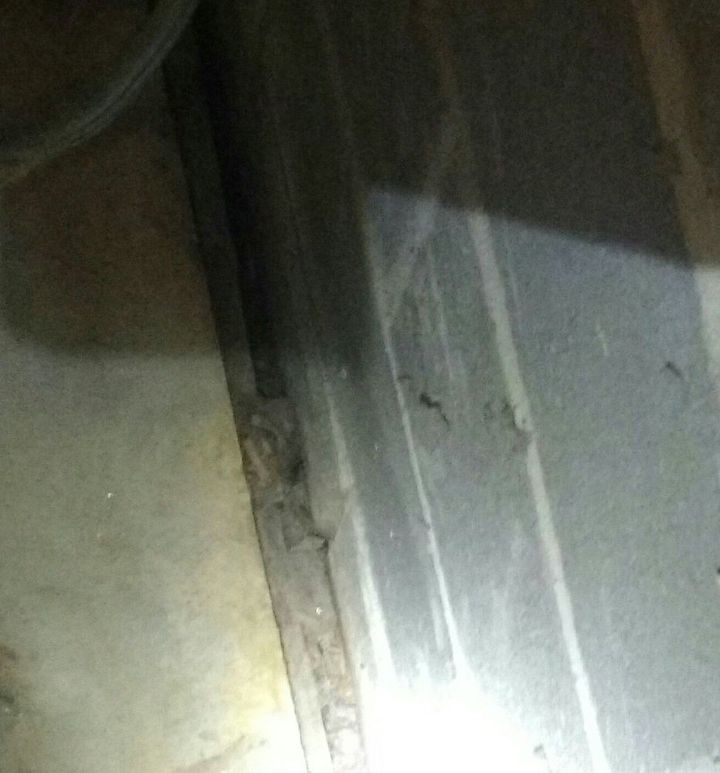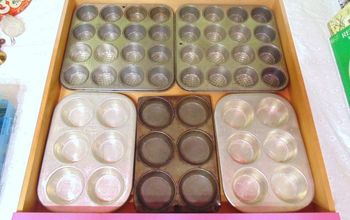Question about my utility room

Related Discussions
How to get rid of mice?
We seem to have some unwelcome Mickeys and Minnies in our house. What is the best way to get rid of them?
How to remove popcorn ceiling with asbestos?
I want to remove my popcorn ceiling, but it has asbestos in it. How do I go about this safely?
How to caulk baseboard gaps?
How do I fill gaps at baseboard, should I caulk? If so, does anyone know how to caulk baseboards?
How to fix squeaky hardwood floors?
How do I fix squeaky hardwood floors?
Question about my toilet that has 2 holes on each side for bolts...
The toilet in my bathroom has 2 holes on each side for floor bolts. If I buy a toilet with one hole on each side is this going to work with the flange that is underne... See more
Question about repairing my baseboards at bottom of kitchen cabinets..
I would like to repair my baseboards st bottom of my kitchen cabinets- The baseboards if my kitchen cabinets need to be replaced. Can I just cover them with a type of... See more







is it worth putting a timer on a hot water heater to save money